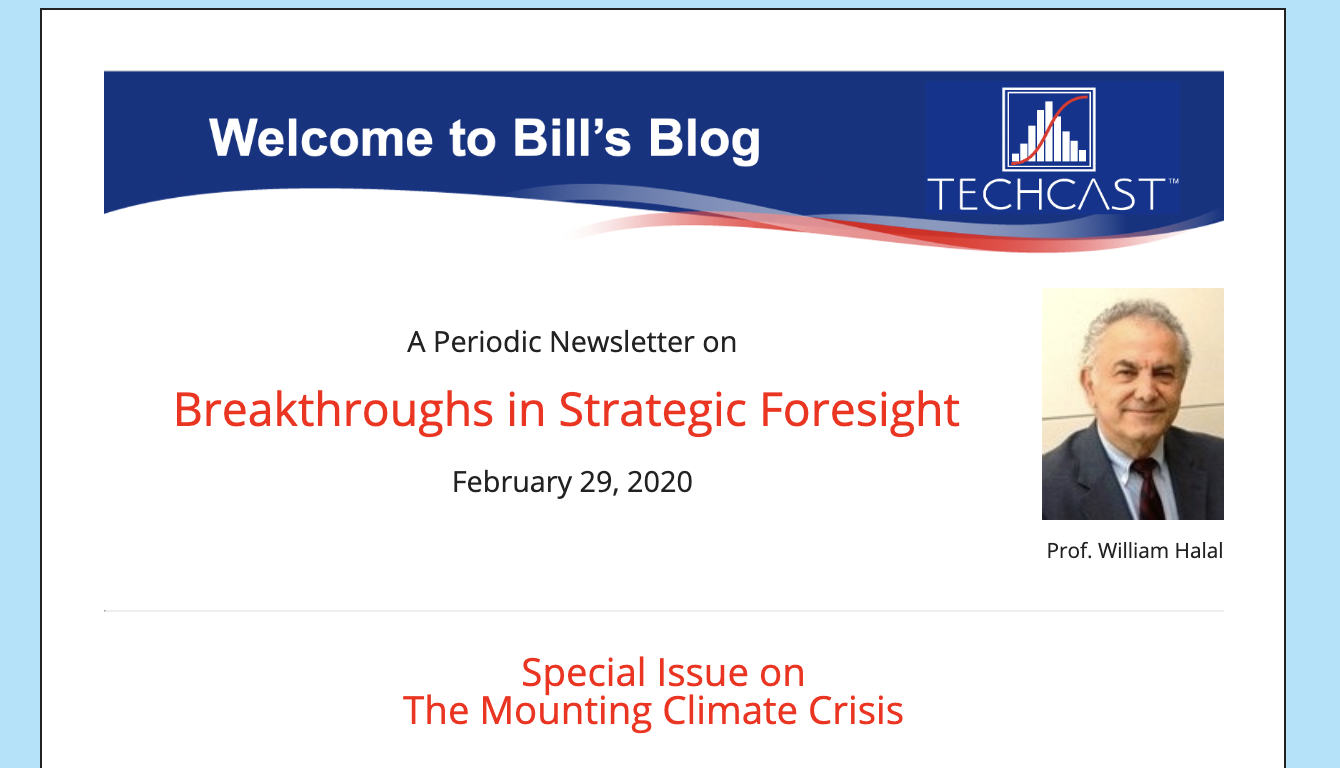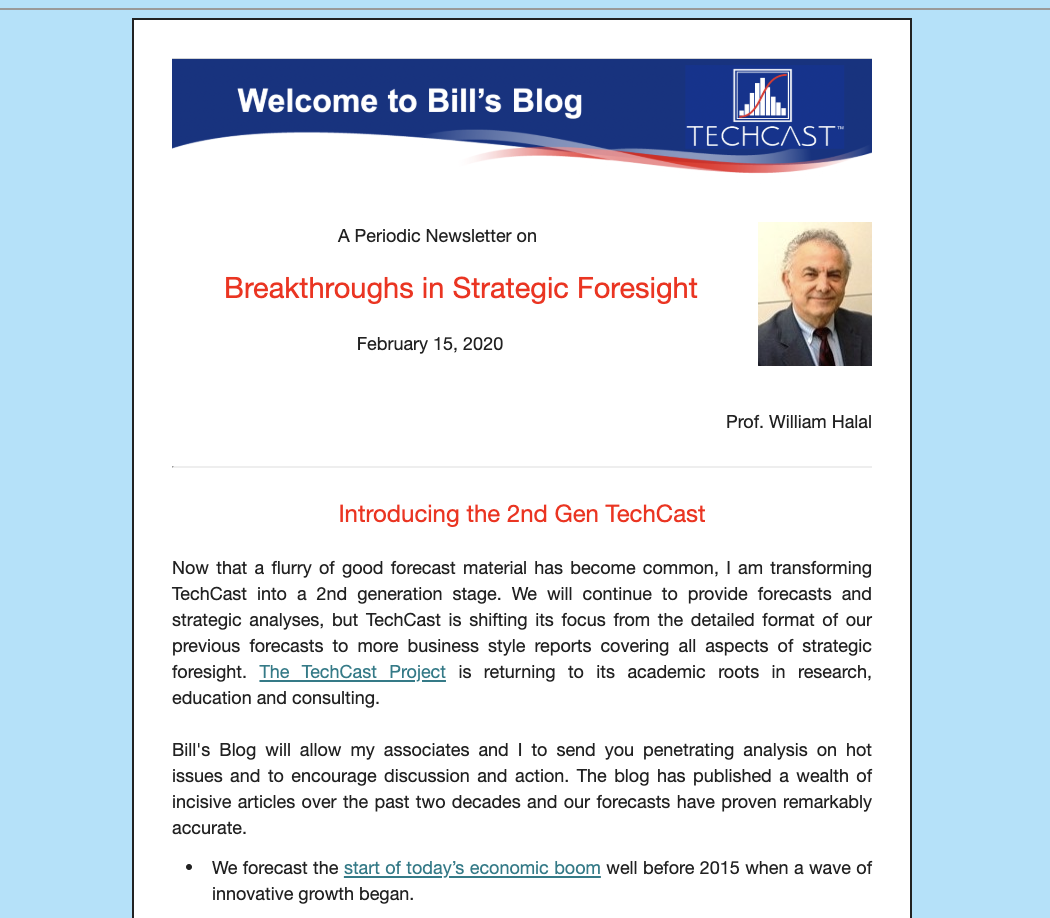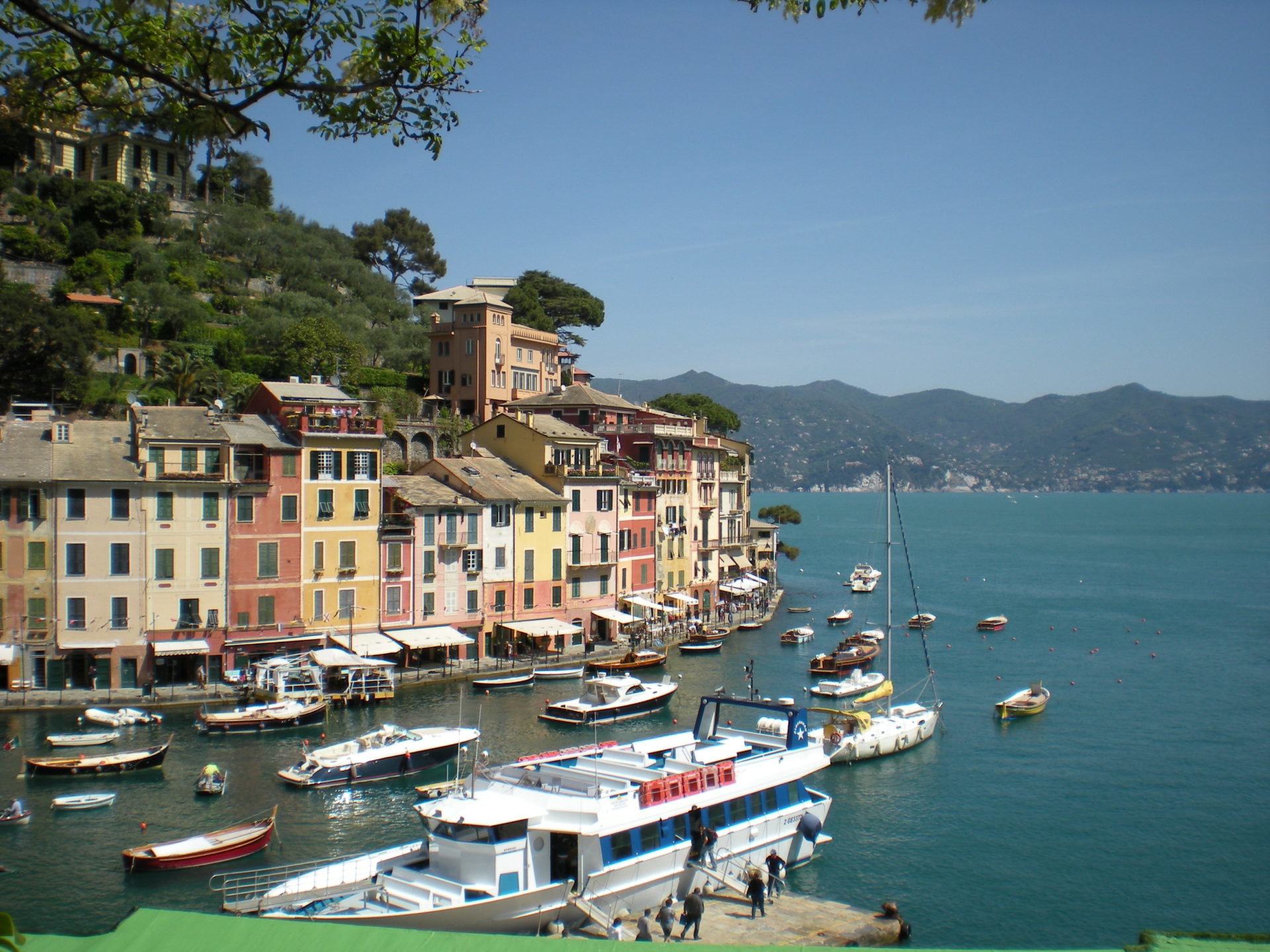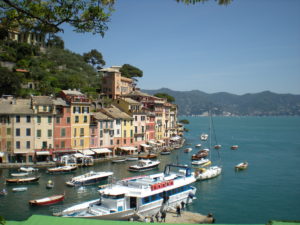

The amazing rise of Donald Trump to lead the Republican race for president is a highly symbolic event, and I think it signifies that American conservativism is in crisis.
At a time when trickle-down capitalism has failed and the wealth gap dries up market demand from a squeezed middle class, why would the GOP support a multi-billionaire who advocates more of the same pro-business policies?
With climate change threatening the planet, a hyper-consumer who brags about his extravagant lifestyle seems exactly wrong in an age of limited global resources and mounting environmental costs.
And now that the Nation supports gay marriage and cultural diversity, an aging white male who insults anyone he dislikes sounds like a prescription for political disaster.
Trump has great strengths, mainly his ability to take on big real estate projects successfully, and he has support among rank and file Republicans. A recent focus group thought him “one of us,” “tells the truth,” and is “like Reagan.” But the odds are strongly against him winning a general election, so this rage for Trump doesn’t make much sense, and one wonders what’s really going on?
I study economic cycles to better forecast change, and I think the Reagan Revolution of 1980 has run its course. The deregulation, privatization, and business tax breaks that stimulated the boom of the 90’s are over and Reaganism is in decline.
The overhyped booms and busts of 2000 and 2008 lost Americans trillions of dollars and still spook markets around the globe. Middle-class wages have been flat for decades while the 1% thrive, ironically fulfilling Marx’s prediction about the “immiseration” of the working class. In a world growing to 9 billion people, the single-minded focus on money is almost blind to the exploding need for good jobs, community services, environmental damage and climate change. These disparities in wealth in the face of mounting social concerns provoked Pope Francis to call capitalism immoral.
In the face of such daunting limitations, one would think new principles are in order. But the lure of “a self-organizing market economy with minimal government” is so great that the GOP can’t forsake Reagan’s legacy. Yes, Trump draws on the public’s anger at politics, but it’s a lot more than that. They like Trump because he exemplifies their free market ideals, even though he’s a caricature of a rich capitalist.
By celebrating this outdated ideology, Trumpmania could produce a conservative disaster. It gives Trump great appeal for the nomination but a likely defeat in the general election. Yet a “President Trump” is entirely possible. Remember, Reagan was considered a buffoon up until he took office,
Let’s strategize this issue using scenarios. The three most interesting possible outcomes are outlined below, along with my estimate of the probabilities:
Normalcy Returns – 60% Trump blows it by becoming too insulting on a sensitive issue, so Bush or another normal Republican run against Hillary Clinton.
Trump Wins GOP Nomination – 40% Trumpmania gets the Donald over the top, and Trump runs against Hillary or other Democrats.
Trump Wins the Presidency – 40% X 30% = 12% Trump convinces conservatives, independents, and angry democrats that he can be presidential, while Hillary implodes.
Trump Loses the Presidency – 40% x 70% = 28% Trump can’t pull it off, and is revealed as incapable of being an effective politician.
These are just my estimates of course, and I invite you to provide your own and do the math. You are likely to come up with roughly similar numbers. If Trump were nominated (40% probability), I think there is a 70% chance he could not beat a Democratic, so the probability of losing the electron would be 24%. To win, Trump has to beat a Democrat (30% probability), producing a 12% probability of winning the election.
A Trump Presidency may be a wild card, but it is entirely possible, and even plausible. By supporting a comic capitalist who appeals to their outmoded ideology, the GOP is likely to suffer a historic defeat that ends Reaganism. And there is a small but realistic possibility that Americans would have to accept Donald Trump as president.
Dystopias like the great movie “Idiocracy” are fun to watch, but reality often beats fiction. It could happen here in the Good Old USA.









